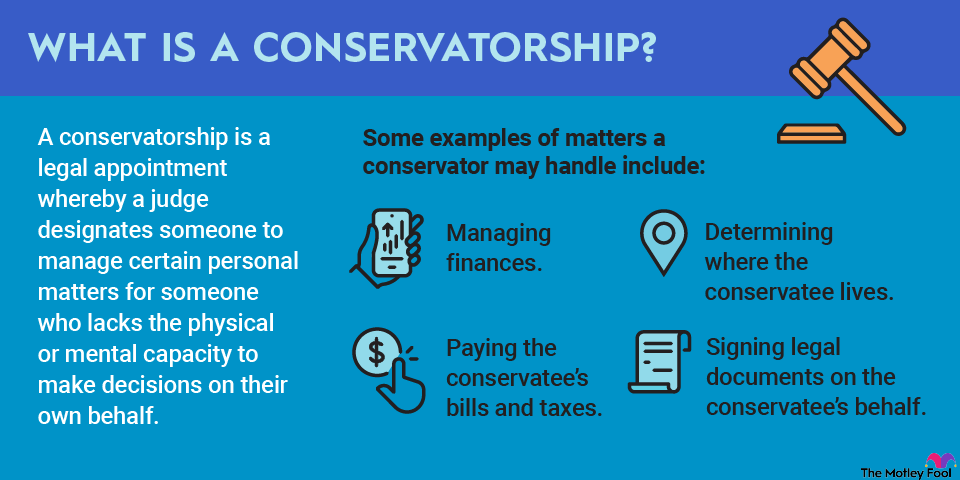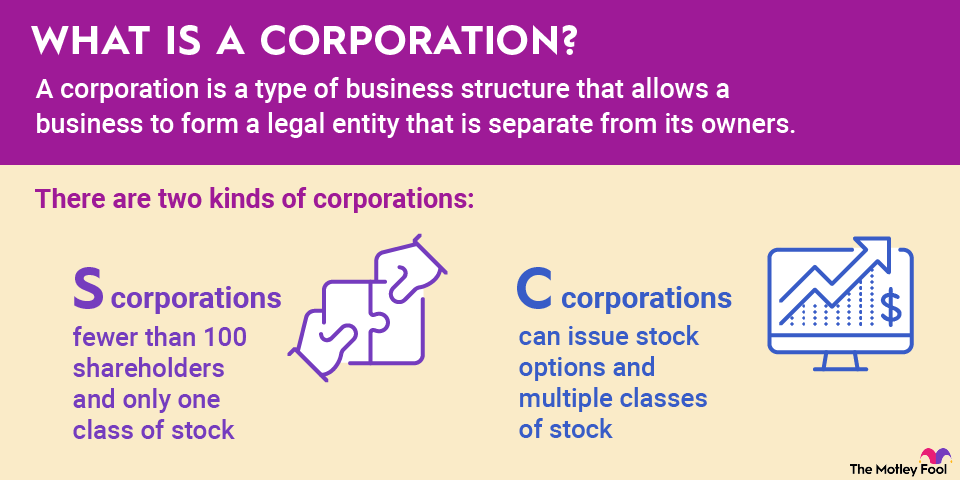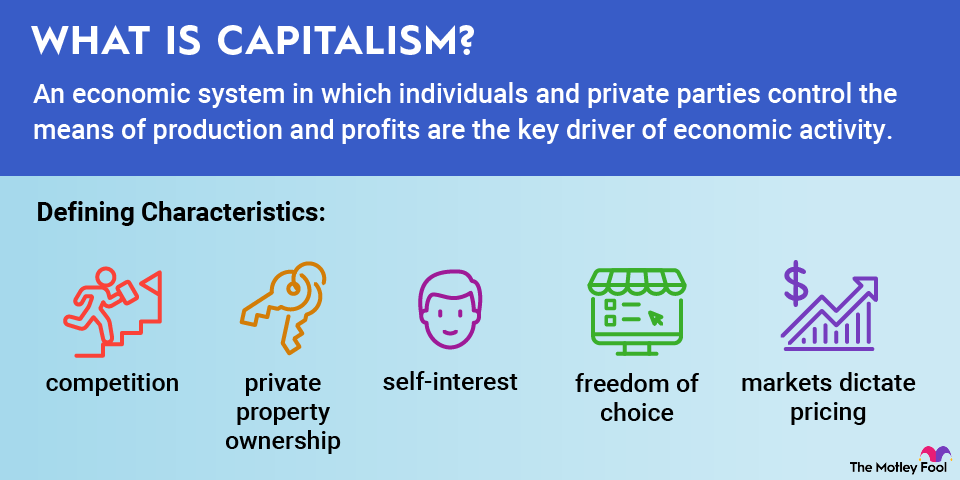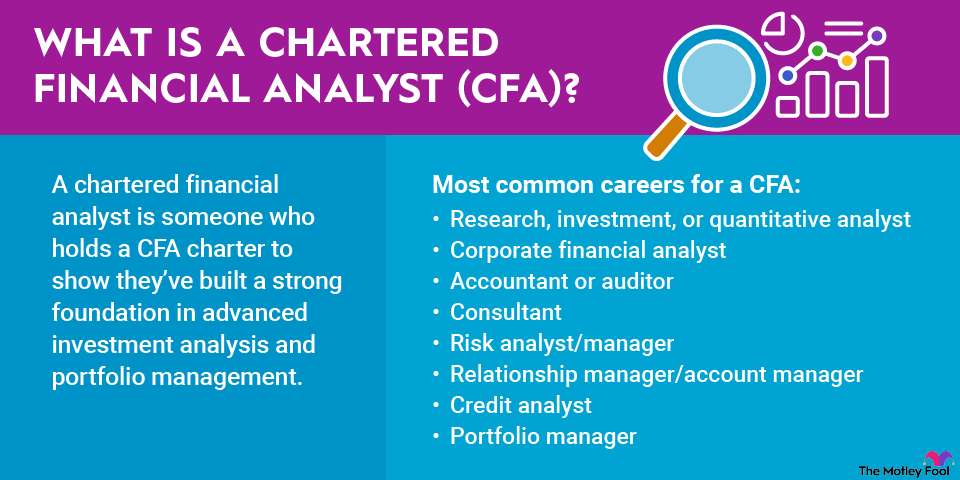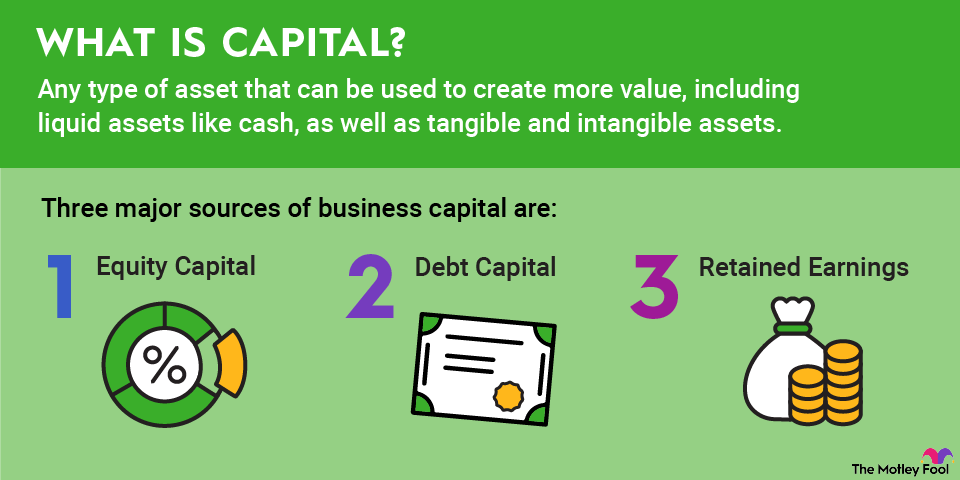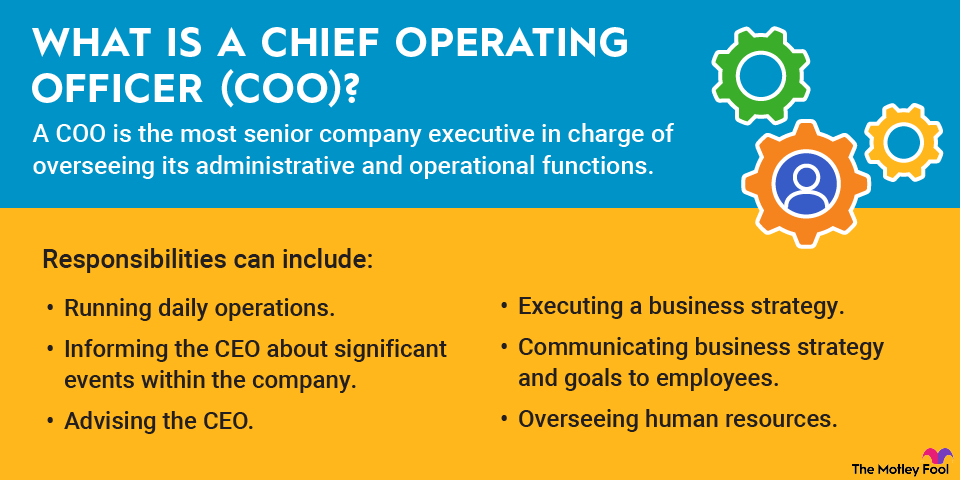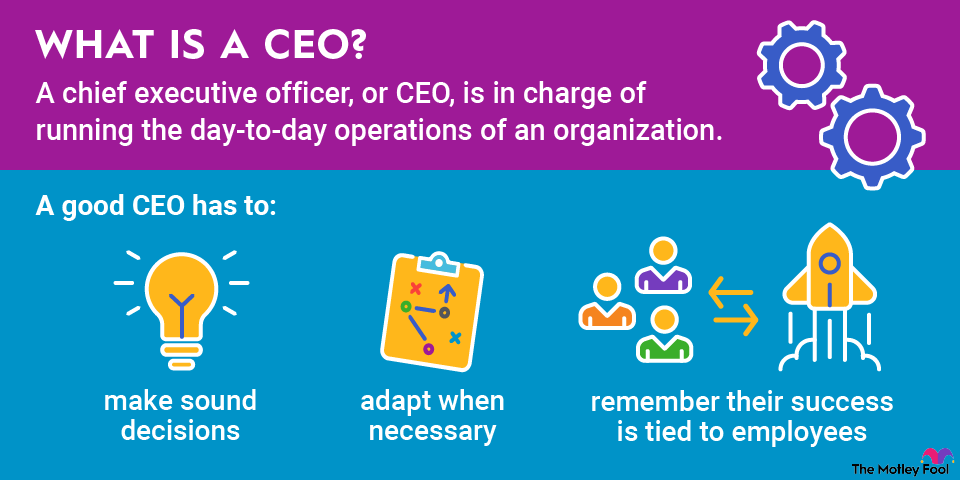Terms like "conglomerate" pop up frequently in the business world. The word is often accompanied by hefty figures and complex corporate structures.
But what exactly is a conglomerate?
Let's strip down the complexity of a familiar term to find a clear definition. You'll also see the role conglomerates play in the local and global economy and how this understanding can aid your investment strategies.

However, managing such a complex and diversified portfolio is no small feat. The efficiency of capital allocation and the challenge of keeping a vast empire profitable raise pertinent questions about the agility and focus of conglomerates compared to more specialized companies.
And it usually takes a long time to build a proper conglomerate. Even the largest, most diverse conglomerates on the market started with a single business idea and a tight focus. The ability to expand from a simple success story to a sector-spanning business empire hints at a flexible management structure that can adapt to profound market changes.
History speaks
Historically, the concept of a conglomerate has evolved from mere business expansions and mergers to strategic diversifications driven by opportunities in new markets. The mid-20th century saw a surge in conglomerates as companies aimed to capitalize on booming post-war economies and acquired unrelated businesses to broaden their market reach.
History also shows that not all conglomerate structures are built to last.
For example, General Electric (GE +2.31%) was the world's most valuable company at the turn of the century, with operations ranging from aircraft engines and plastics to home appliances, financial services, and the NBC television network.
By 2024, the former giant had simplified its business structure by a radical degree, eventually splitting its last few divisions into three separate companies -- GE Aerospace (GE +2.31%), GE Vernova (GEV +4.43%), and GE Healthcare Technologies (GEHC +2.33%).
Sector-spanning business empires don't magically solve every business problem. Sometimes, the right answer may be several individual companies pursuing their long-term goals independently.

How should investors treat conglomerates?
For investors, understanding conglomerates' strengths and weaknesses is crucial. Here's what you can do with this knowledge:
- Assess stability versus innovation: Conglomerates often boast financial robustness due to diversified revenue sources. However, their large size can hinder rapid innovation, unlike more focused firms that can pivot quickly in response to industry changes.
- Consider the management quality: Effective management is critical in steering the colossal ship of a conglomerate. Investors should look at the track record of the company's leadership in managing its diverse businesses.
- Diversification in your portfolio: Investing in conglomerates can be a strategic decision for diversifying one's portfolio, but the portfolio should be balanced with investments in companies with high innovation potential. Yes, you can even diversify your actual diversification bets.
